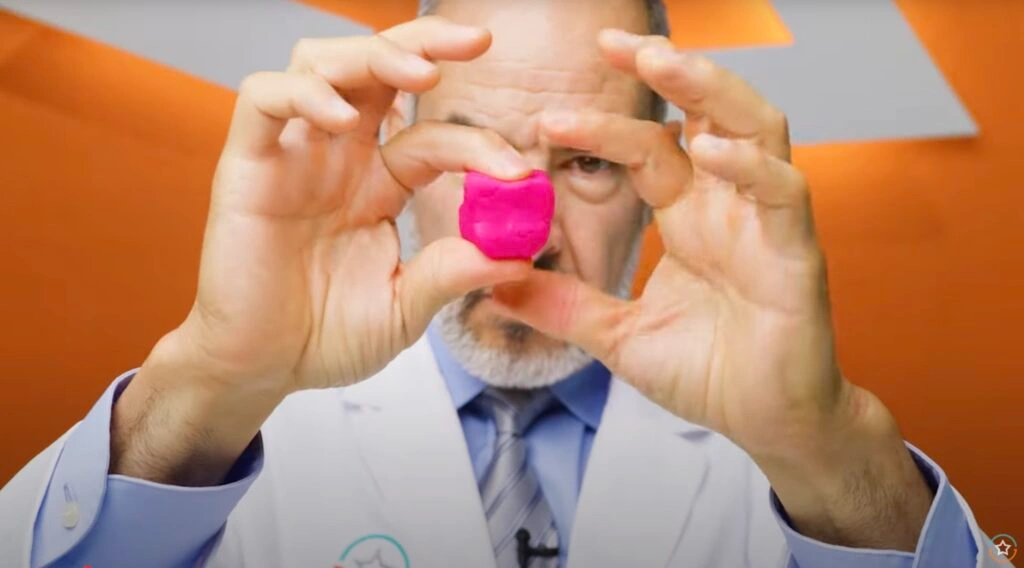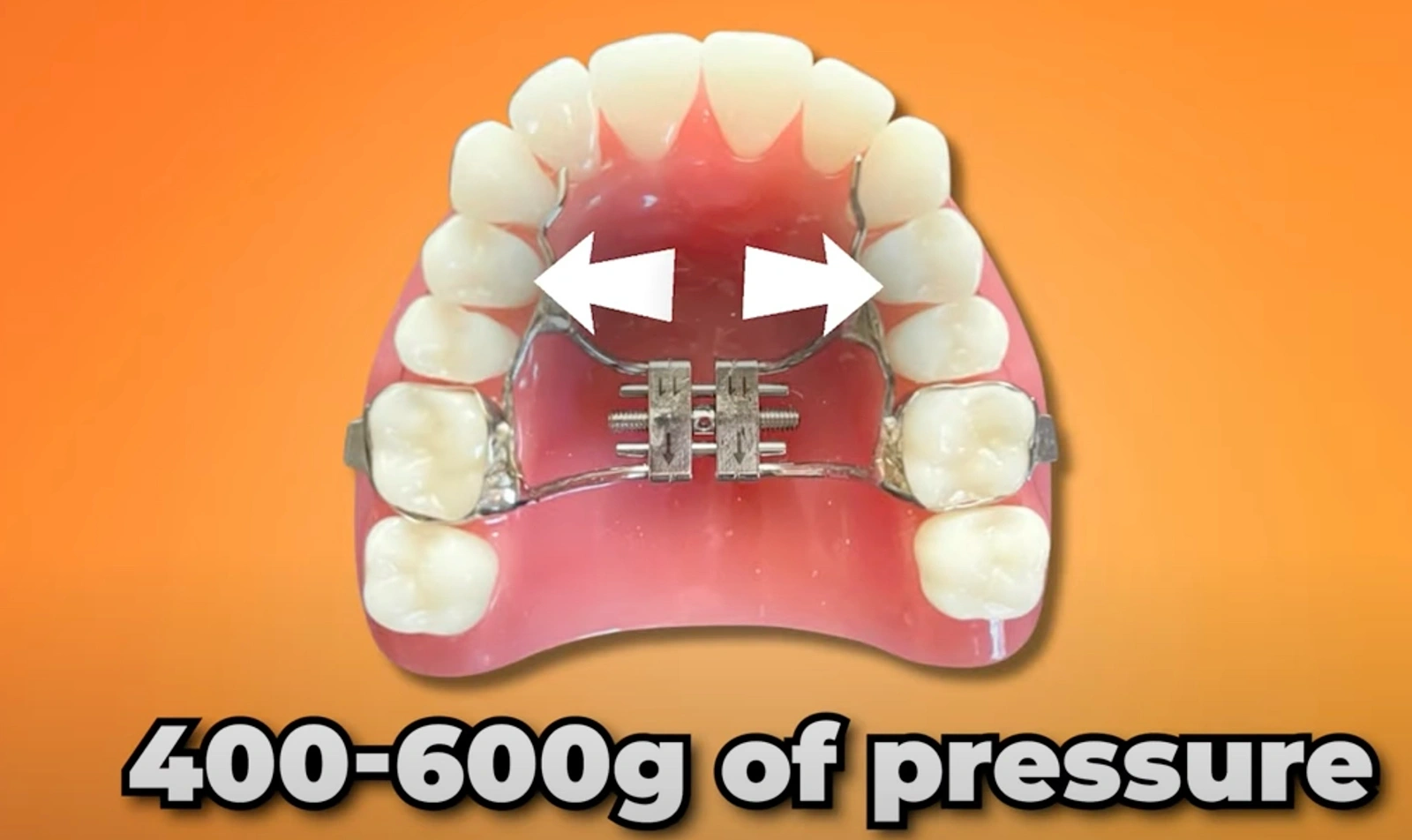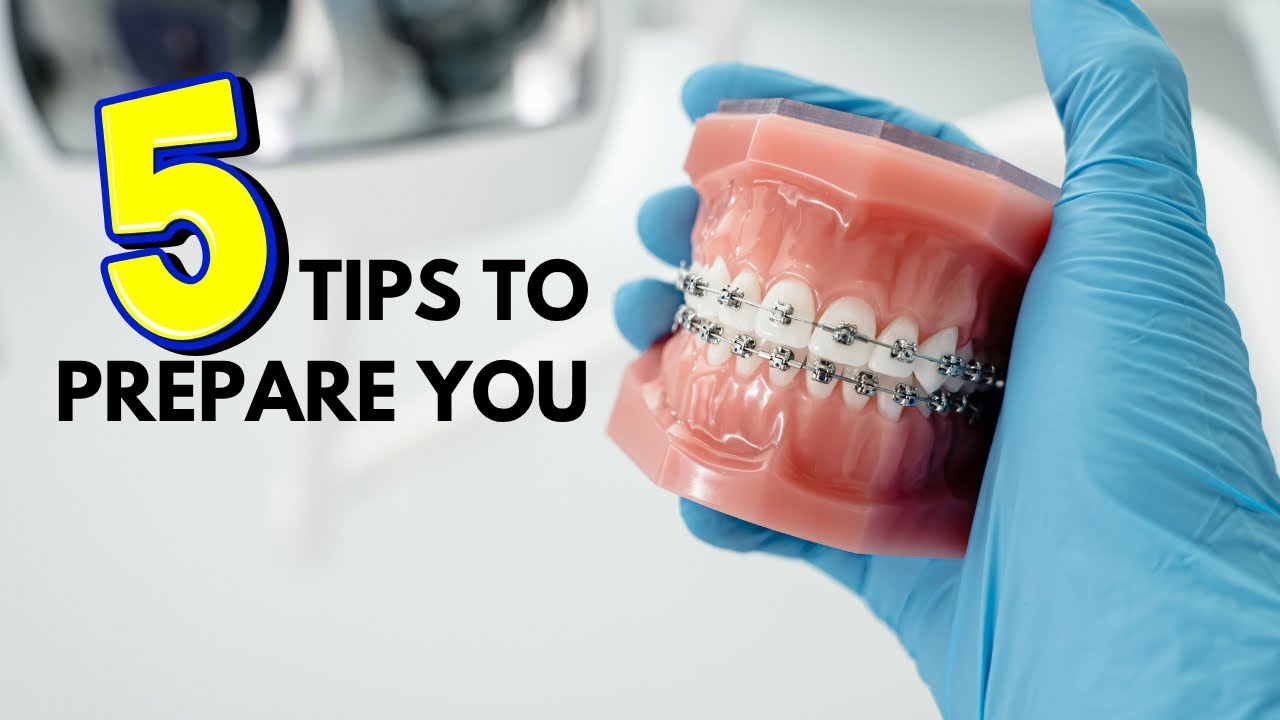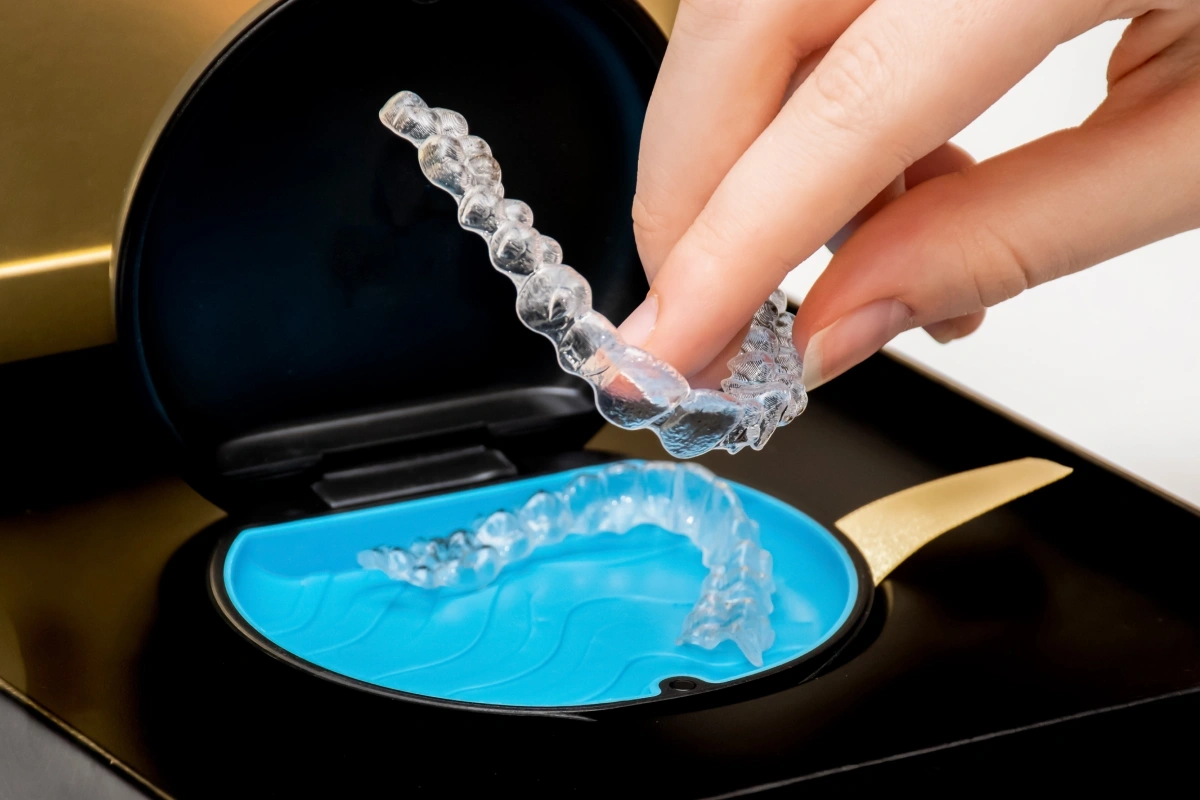
So, you—or your kid—is about to start Invisalign? Before you pop in those first trays and start dreaming about a perfect smile, there are a few things you really need to know. Here are 5 must-know tips before starting Invisalign—and let’s just say, #2 might surprise you by how colorful it can be.
Number 5 is a lot like having sore muscles after your first workout.
You leave the gym thinking, “That wasn’t so bad!” Then the next day… hello stiffness.
Expect very mild soreness with Invisalign, especially with new trays.
Any time you move teeth—whether with braces or Invisalign—you’re going to feel it a little. Most people experience some pressure during the first day or two of each new tray. It’s not intense, just a mild, “post-gym workout” kind of soreness in your mouth.
To give you some perspective, we orthodontists measure the pressure on your teeth in Grams of Force, or GF. Traditional braces apply around 50 to 100 grams of continuous force. Invisalign, on the other hand, usually exerts just 5 to 10 grams.
That’s a big difference—and it’s one of the reasons I’m such a fan of Invisalign, especially for kids. There’s always going to be a little pressure when we’re moving teeth, but Invisalign applies that pressure in a much gentler, more comfortable way.
Number 4. This next one is like wearing contacts—you’ve got to clean them every day.
You wouldn’t pop in yesterday’s contacts after dropping them in a sink, right?
Keep your aligners clean and clear.
Brush them with room temperature water daily with a pea size of liquid hand soap. And rinse them really well. Don’t use hot water! This could warp your trays.
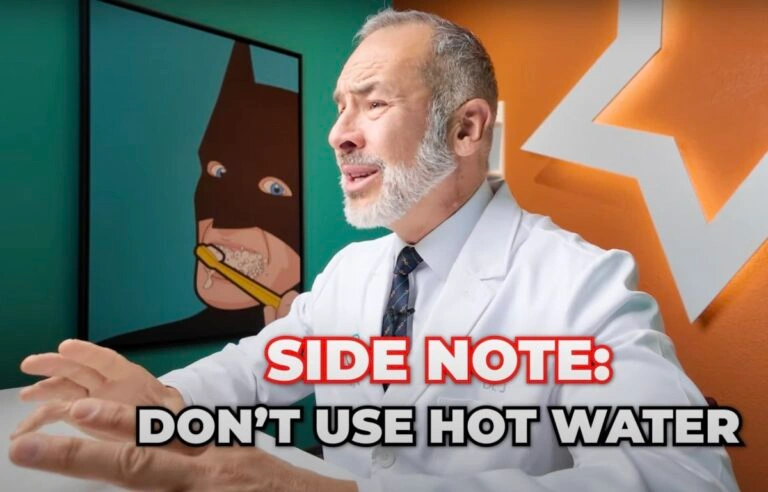
Some people like using cleaning tablets like the one’s grandpa uses to clean his dentures. It’s another way to clean your aligners, with the added benefit of removing stains.
I would avoid using toothpaste—it’s too abrasive and can make the trays cloudy. Clean trays = clear smile. Gross trays = well… we’ll talk about that in a bit.
Number 3. This one’s a lot like those suction-cup handles window installers use.
You’ve seen those guys, right? They slap those big suction cups onto a giant pane of glass so they can grip it tight and slide it perfectly into place. Without those handles? That window would be slipping all over the place.

That’s exactly what Invisalign attachments do.
They’re tiny, tooth-colored bumps we place on specific teeth to give your aligners something to grip onto.
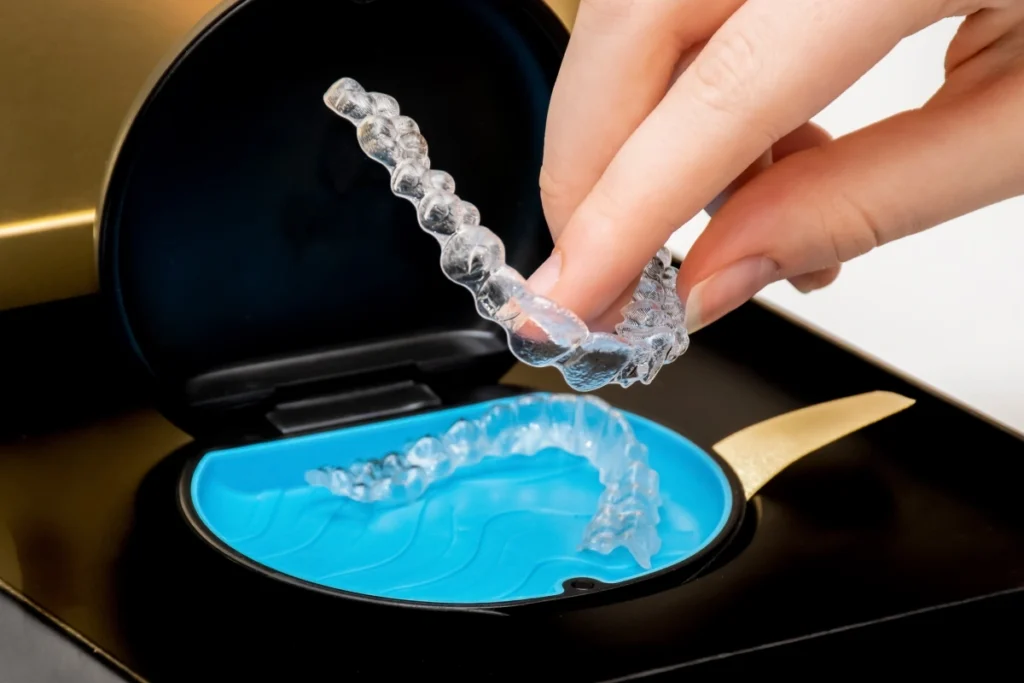
With that grip, we can move teeth with precision—exactly where we want them, when we want them. No slipping, no guessing—just smooth, efficient movement.
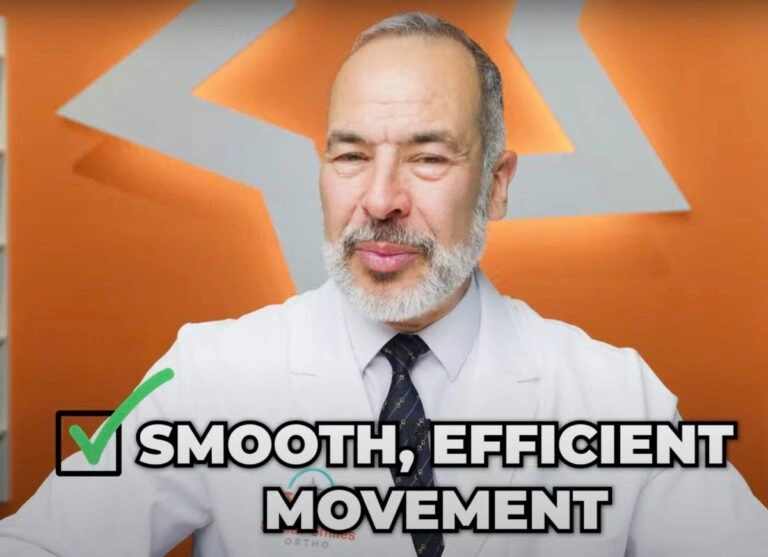
And don’t worry—those attachments come off at the end, and most people barely notice them.
Have you ever had one of those blue Icees that turn your whole mouth purple or blue? Pretty fun when you’re a kid… but not so great when you’re wearing clear aligners.
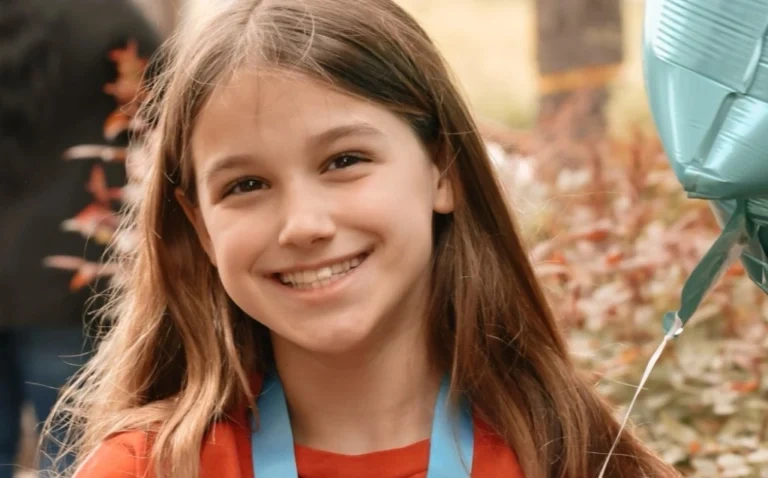
Number 2 is: Watch what you drink when wearing Invisalign
If you drink anything with sugar or color—or really, anything other than water—that’s exactly what’s going to happen to your Invisalign trays. They’ll get this icky green or brown stain, and worse… sugar, honey, and sweeteners will get trapped between the tray and your teeth, which is a fast track to cavities. So, if you’re wearing aligners, stick to water. Everything else? Pop ’em out, enjoy your drink, rinse or brush, and then put them back in.
Number 1. This one is like setting 23 alarms but only waking up to the last one.
You had good intentions… but results require consistency.
You must wear Invisalign 22 hours a day.
That’s the magic number. The more consistently you wear them, the faster and more predictable your treatment will be. Take them out to eat, drink, or brush—but don’t forget to put them right back in. It’s easy to slack—but just remember: “If they’re not in, they’re not working.”
Now, here’s something most parents are shocked to learn:
Invisalign isn’t just for teens and adults—it’s actually available for kids as young as 6!
It’s called Invisalign First and it’s changing the game.
Instead of painful expanders, wires, or metal braces… kids can use clear aligners to fix their smile—often in just 6 to 8 months. The best part? Their jaws are still growing, which means it’s the perfect window to correct big issues early—and gently.
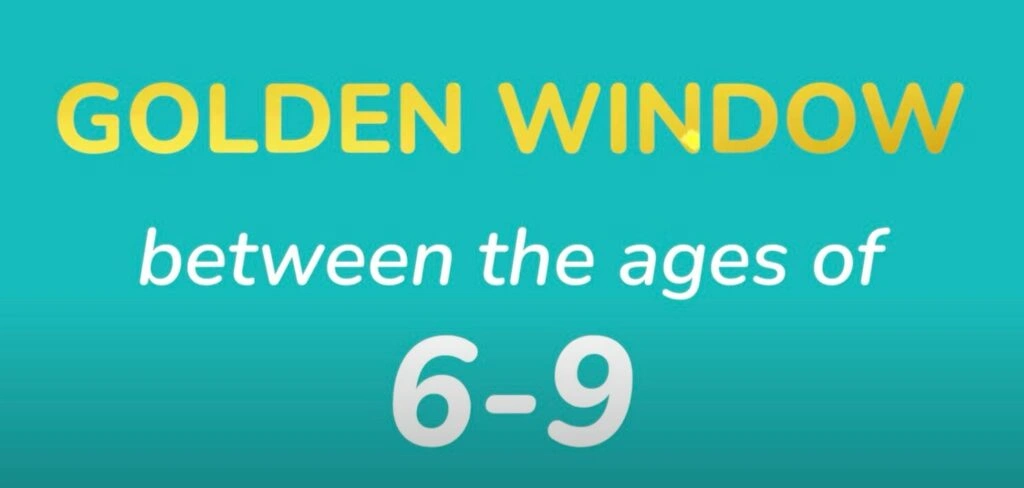
Want to see and hear more?
For a more interactive experience, check out the live YouTube version of this blog, where we dive deeper into the topic and share expert insights. Click the link below to watch the full video!
Don’t wait! Early Treatment to intercept these problems can mean the difference between a simple pain-free solution and years of complicated, costly and painful treatments later on.
FAITH
He hears the prayers you whisper through exhaustion. Take heart, dear parents—healing is on the way.
2 Kings 20:5 (NKJV): I have heard your prayer, I have seen your tears; surely, I will heal you

